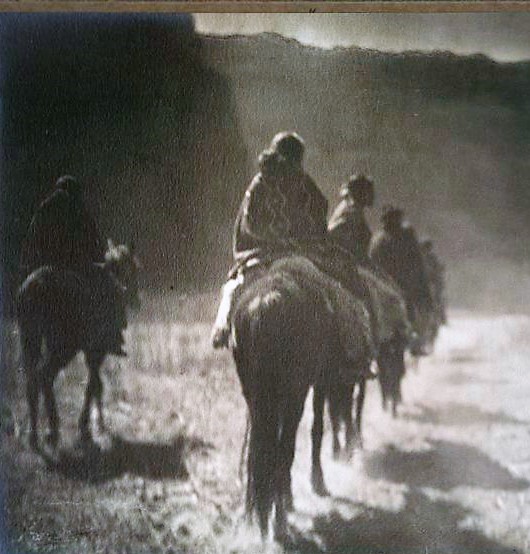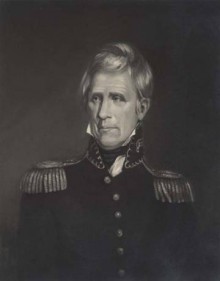(Excerpt from ALABAMA FOOTPRINTS: Banished Volume 8)
Tom Hendrix, the gr-gr-grandson of a young teenage Yuchi girl who was forced to travel on the Trail of Tears to Oklahoma, built a memorial for his great-great-grandmother’s journey to Oklahoma in Florence, Lauderdale County, Alabama.
Tom’s great-great-grandmother was a member of the Yuchi, a small Alabama tribe. She and her sister were captured by the Army and forced to travel to Oklahoma on the Trail of Tears. When they arrived in Oklahoma, the two sisters were placed with the Creek Indians.
Join our Alabama Pioneers Patron Community!
See how to Become an Alabama Pioneers Patron
After spending one winter in Oklahoma she decided she would die if she never heard the “Singing River” (the Tennessee River) again so she made up her mind to return to Alabama. She set out alone but with the lessons her grandmother taught her as a little girl, she overcame the many perils and obstacles she met along the way. The trip took five years.
To honor his gr-gr-grandmother’s experience, Tom Hendrix built a wall of stone as a memorial. Each stone in the wall represented a step she took on her return journey. He lifted about 2700 pounds of stone each day for over 33 years and placed each one by hand, one at a time, just like the footsteps of her journey. The height, width, and shape of the wall represented the obstacles she faced in her walk.
Tom far surpassed his goal and his “wall of love” stands to her honor. It contains 8.5 million pounds of stone built with no fill and no mortar. It is the largest memorial built in honor of a woman.
Tom Hendrix passed away February 24, 2017, at the age of 83, but his spirit and his great-great-grandmother’s spirits live on in the wall he built.
Congress Acts
The U.S. Congress designated the Trail of Tears National Historic Trail in 1987 to commemorate this sad time in America’s history. It stretches across nine states for 2,200 miles.
In 2004, during the 108th Congress, Senator Sam Brownback (Republican of Kansas) introduced a joint resolution (Senate Joint Resolution 37) to “offer an apology to all Native Peoples on behalf of the United States” for past “ill-conceived policies” by the United States Government regarding Indian Tribes. It passed in the U. S. Senate in February 2008.

The Indian Removal Act of 1830 marks a dark time in American history regarding the new country’s relationship with the Native American population. The Act called for the “voluntary or forcible removal of all Indians” residing in the eastern United States to the west of the Mississippi River. Between 1831 and 1837, approximately 46,000 Native Americans were forced to leave their homes in southeastern states.
ALABAMA FOOTPRINTS: Banished reveals true stories, documents and news articles from this sad time in Alabama’s history. Some stories include:
- Choctaw & Treaty Of Dancing Rabbit Creek
- Private Contracts For Removal
- Stockades In Alabama
- The Long Trail West
- Reverend Daniel S. Burtrick’s 1838 Journal
- An Observer Writes His Memories






Murder by Andrew Jackson
John you got that right. Have you read the book, Bury My Heart at Wounded Knee.” It was heart breaking.
Joyce Pierce Fitzgerald inhale read it several times